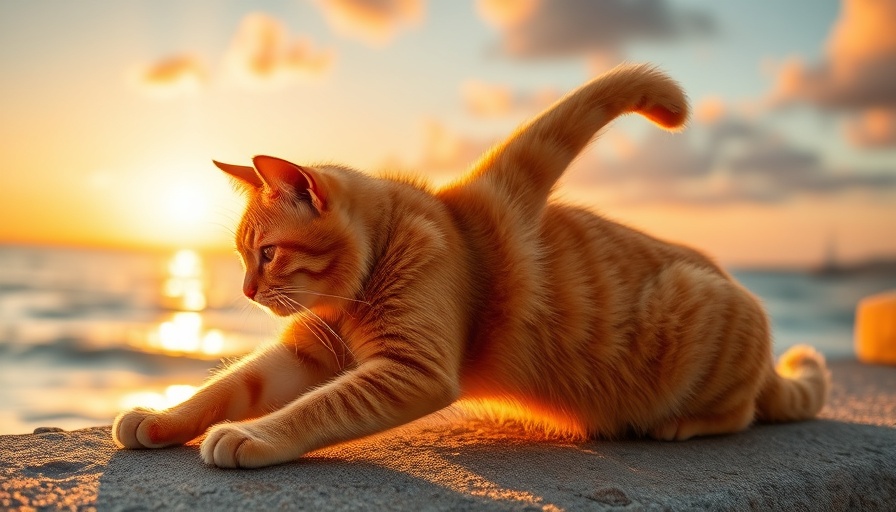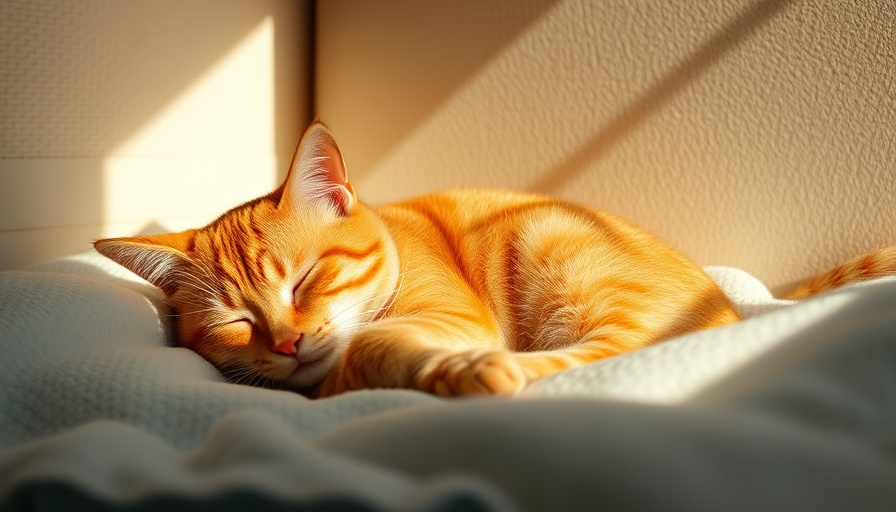
Understanding Cat Overheating: Why It Matters
As pet professionals, our primary concern is the well-being of the animals in our care. Despite their origins in arid environments, cats are just as susceptible to overheating as humans, especially as global temperatures rise. Understanding the physiological responses of cats to heat is fundamental for veterinarians and vet techs, as well as pet caregivers. Recognizing the perils of excessive heat can help us prevent heatstroke and other health issues in our feline companions, ensuring they lead healthy, happy lives.
Signs of Overheating: What to Look For
Vigilance is key. Cats are generally adept at self-regulation but may sometimes misjudge their limits. Here are vital signs that indicate your cat might be overheating:
- Dark-red gums: This is a tell-tale sign of heat distress.
- Elevated temperature: A normal feline temperature ranges from 101.0°F to 102.5°F. When it exceeds this range, immediate action is necessary.
- Lethargy: An unwillingness to play or engage could indicate overheating.
- Panting and rapid heartbeat: While panting is a method of thermoregulation, excessive panting warrants concern.
- Restlessness and vocalization: An overheated cat may roam and vocalize more than normal due to discomfort.
Practical Tips for Keeping Cats Cool
Providing a cool, safe environment is crucial during hot spells. Here are some actionable strategies:
- Grooming: Regular grooming sessions, especially for long-haired breeds, can help maintain optimal body temperature.
- Hydration stations: Make sure your cat has access to fresh water at all times.
- Adequate shade: Creating shaded areas in your home or outdoor catio can give your cat a cool retreat during peak sun hours.
Feline Physiological Adaptations: How Cats Keep Cool
Interestingly, cats employ some unique strategies in their natural behavior to manage heat:
- Self-grooming: This behavior serves more than just aesthetic purposes; the evaporation of saliva from their fur can assist in cooling them down.
- Finding cooler surfaces: Cats instinctively seek out tile floors or other cool surfaces to lie on during hot days.
The Importance of Community Awareness
Whether you're a vet tech, a pet nutritionist, or a cat accessory developer, raising community awareness about the signs of cat overheating is essential. Organizations focused on rescuing and advocating for feline welfare must educate pet owners about the dangers of heat exposure. Additionally, regular workshops can foster discussions among pet industry professionals on best practices for safeguarding pets throughout the year.
Support from the Veterinary Community
Veterinarians and veterinary techs are irreplaceable resources for pet parents navigating difficult situations. Services such as PangoVet allow for easy access to expert advice, offering a welcome lifeline for those unsure about their pet’s condition. Establishing connections with local vets and securing their advice on concerns can significantly alleviate potential emergencies.
Embrace Proactive Pet Parenting This Summer
As temperatures rise, let's take the opportunity to engage with fellow pet owners and professionals to discuss preventative measures. Informing our community about hydration, cooling techniques, and monitoring behavior can contribute to healthier pets and happier families.
If you're interested in more tailored proactive measures for pet care, consider joining local groups focused on pet health or enrolling in workshops that teach about safe practices for keeping pets cool. Your involvement could greatly impact the lives of many animals and enhance your skills as a responsible pet guardian.
 Add Row
Add Row  Add
Add 




 Add Row
Add Row  Add
Add 


Write A Comment